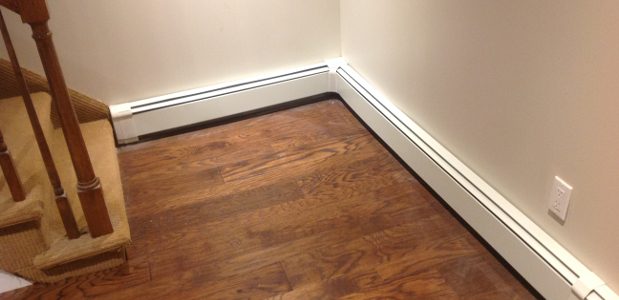Ni Usb 6501 Drivers For Mac

May 09, 2019 I am using an NI USB DAQ device for my data acquisition application. This has been identified correctly in NI Measurement and Automation Explorer until recently but now in the place of my device I have a series identifier: USB 6XXX 'USBVID3923 'USBVID3923&PIDXXXXXXXXXXX' How can I allow my device to be recognised correctly again? OR I am using an NI USB DAQ device for my. NI USB-6501 24-Channel, 32-Bit Counter Digital I/O Device This user guide describes how to use the National Instruments USB-6501 data acquisition (DAQ) device and lists the device specifications. Introduction The NI USB-6501 is a Full-Speed USB 2.0 device that provides 24 DIO channels and a 32-bit counter. NI USB-6501 Top View.
availability: mgl 2.0 Mac OS X only
usage: mglDigIO(command,<arg1>,<arg2>)
purpose: This is a mac specific command that is used to control a NI digital IO board. It has been tested with the NI USB 6501. It runs as a thread (on 64-bit runs a separate process and communicates via a socket: see below) that reads digital port 2 and logs any change in state (either up or down). It can also be used to set digital lines on port 1 at a time of your choosing. It is used by the task code if you set mglEditScreenParams to use digin. It is the preferred way of dealing with digital I/O since it keeps excellent timing. Note that if you are trying to read events up to about 250Hz (e.g. a square wave of 250Hz), you should be able to read all events without fail. Faster than that at around 500Hz you will likely start dropping events (this is likely due to how fast the NI-DAQ mxBase driver can pool the device). To use this function, you will need to compile it using mglMake('digin');
Here are thte commands it accepts:
| command | purpose |
|---|---|
| 1:'init' | Init the digIO thread. You need to run this before anything else will work. You can optional specify input and output ports which default to 1 and 2 respectively: mglDigIO('init',inputPortNum,outputPortNum); You can also specify the device number using: mglDigIO('init',inputPortNum,outputPortNum,inputDevnum,outputDevnum). You can call init with different port numbers to reset what ports you want to listen/write to/from without calling quit inbetween. |
| 2:'digin' | Returns all changes on the input digital port |
| 3:'digout' | Set the output digital port a time of your choosing. This takes 2 other values. The time in seconds that you want the digital port to be set. And the value you want it to be set too. Time can be either an absolute time returned by mglGetSecs or it can be relative to now if it is a negative value: mglDigIO('digout',-5,0) → Sets the output port to 0 five secs from now. |
| 4:'list' | Lists status and all pending digout events |
| 5:'ao' | Sets the output port to produce a sine wave and then return to 0, you call it with parameters time (like digout above), channel (0 or 1 for A0 or A1), frequency,amplitude (volts peak - it will produce a sine wave that goes from -amplitude to amplitude) and duration in seconds. For example: mglDigIO('ao',-1,0,500,2.5,1);You can optionally set the sample rate (default is 250000 samples/second): mglDigIO('ao',-1,0,500,2.5,1,100000); And you can specify the device number (below will use the default sample rate, and use dev2/ao0): mglDigIO('ao',-1,0,500,2.5,1,[],2);For more info see below |
| 0:'quit' | Closes the nidaq ports, after this you won't be able to run other commands. Note that this does not shutdown the digIO thread. The reason for this is that the NIDAQ library is not thread safe, so you can only call its functions from one thread, so to be able to keep starting and stopping reading from the card, the thread is set to continue to run, and quit simply shuts down the nidaq tasks and stops logging events. After you call quit, you can use init again to restart reading/writing. If you need to shutdown the thread, use 'shutdown' |
| -1:'shutdown' | Quits the digIO thread if it is running, after this you won't be able to run other commands. If you plan on starting and stopping digIO collection, you should use init and quit rather than shutdown |
- пятница 24 апреля
- 77
